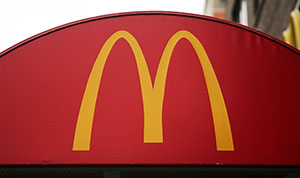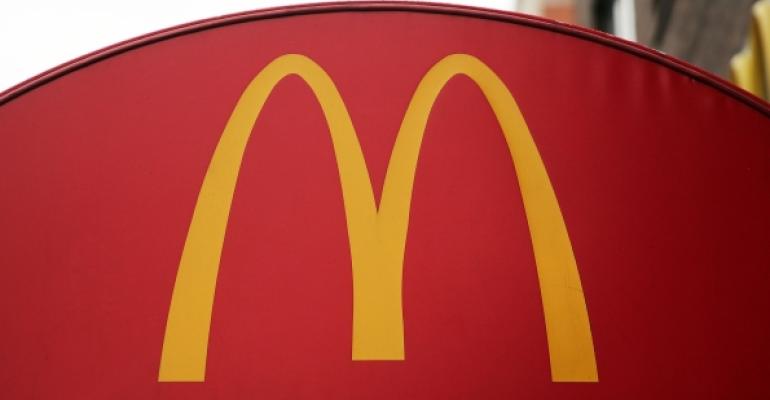 This post is part of the On the Margin blog.
This post is part of the On the Margin blog.
McDonald’s is a big restaurant chain with a massive reach. A loss of 1 percent of its sales in a single year presents a $350 million opportunity in the food space, and that has provided potential customers from a host of competitors.
And plenty of competitors in the limited-service burger space have taken advantage of that opportunity, though it’s probably not who you think.
We analyzed market share data from the largest limited service burger chains in the country, according to Nation’s Restaurant News Top 100 and Second 100 data. The numbers don’t include this year’s sales, so Burger King’s performance from this year isn’t reflected in the numbers.
It does demonstrate the “heightened competitive activity” McDonald’s discusses in noting its declining shares. Yet that activity is broad-based and not limited to its primary competitors. Burger King and Wendy’s, in fact, have barely kept up with overall growth in the category.
Instead, McDonald’s appears to be ceding share in lots of little pieces to a host of smaller chains: Sonic, Hardee’s, Carl’s Jr., Culver's, Whataburger as well as the Habit Burger and In-N-Out Burger, among others.
The numbers come from systemwide sales, a better measure of a restaurant chain’s performance because it reflects total sales growth from both franchise and corporate locations — not just same-store sales. Some concepts can improve same-store sales but close units and thus are in fact selling fewer burgers.

Market share data does not mean increases or decreases in sales. A chain can have sales growth but lose market share because competitors are growing faster.
And these numbers don’t reflect small chains or independents that may or may not be gaining ground.
Still, the limited-service burger market is huge. And consumers still like those chains.
The 24 largest burger concepts sold $75.6 billion worth of food and drinks in 2014, up by $2.3 billion from 2012. It is, by far, the biggest segment in the chain restaurant industry.
McDonald’s piece of this market is massive. Its $35.4 billion in sales that year was 46.87 percent of the market among the largest limited-service burger chains. So it’s hardly like McDonald’s is in any sort of actual trouble. As one Burger King franchisee told me, “They’re fine. They do $2.5 million per store!”
But McDonald’s market share has shrunk, from 48.55 percent in 2012. Its share of the market has declined each of the past two years.
The share of the market did not go to Burger King or Wendy’s, which both have grown in terms of system sales the past two years but have seen their share of the market stagnate. Burger King’s system sales were $8.6 billion last year, up from $8.5 billion the year before. But its share of the market was largely stagnant at 11.41 percent.
Similarly, Wendy’s sales increased to $8.57 billion from $8.48 billion, but its share fell slightly to 11.33 percent.
So where did McDonald’s share of the market go? Just about everywhere. Among the other 21 concepts on that ranking, 16 of them gained market share last year. And 13 of them gained share in the previous year, too. All of the gains have been modest, and never by more than 0.5 percent. So the little guys are nipping at the giant’s heels.
All that said, it is difficult if not impossible to say exactly where customers go when they don’t go to a certain chain. All restaurants compete with one another on a basic level. It’s also likely that consumers exchanging their Double Cheeseburgers from McDonald’s for food from grocery stores, gas stations or even pizza concepts.
But the numbers also demonstrate that McDonald’s response to its competitive challenges will likely have to be broad-based, and not aimed at one or two specific concepts.
Contact Jonathan Maze at [email protected]
Follow him on Twitter at @jonathanmaze

